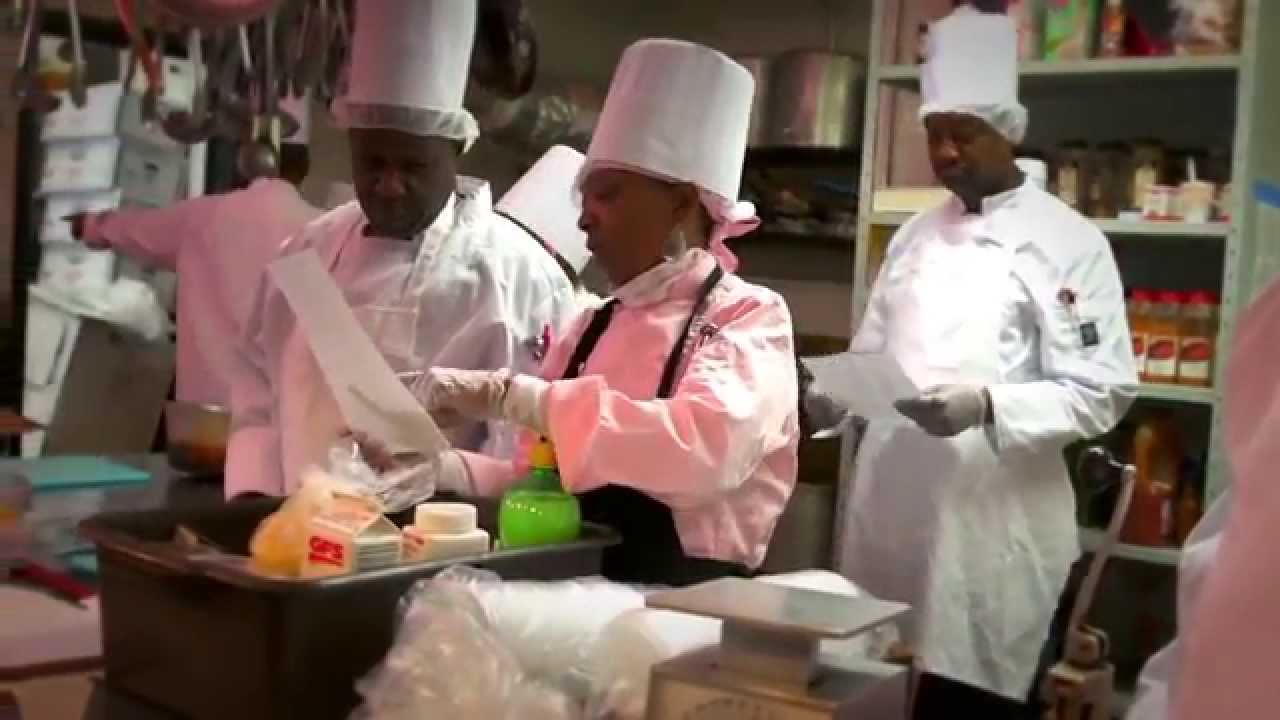For those just tuning in, Food & Dining Magazine has tended to take Sundays off from web site posting, but in 2020 our writers will be looking for items of interest pertaining to food and drink that range beyond our customary focus on the Louisville metropolitan area.
Consider these thoughts and links as tasty appetizers prior to the main course. This week, a refresher course about the “kitchen brigade” system as developed by the legendary Auguste Escoffier (1846 – 1935), and why the author believes it still matters.
6 Reasons “Yes, Chef” is Still Important, by Paul Sorgule, writing at We Are Chefs.
There is no denying that some have accurately pointed to problems with the chain-of-command structure. This hierarchy was initially designed to create an efficient model in manufacturing operations. In essence, everyone’s duties and objectives would stem from the top person’s vision and directives — in this case, it is to meet manufacturing goals. While there are inherent challenges with this type of autocratic approach there are also many advantages when applied in a reasonable manner.
It was Escoffier who first developed a system of order for the operation of a professional kitchen. His vision was to compartmentalize the tasks that need to be performed, identify the right person to oversee those tasks and create a communication model between the executive chef and those designated overseers to ensure the expectations of the kitchen were met. It was this “brigade” he created that still defines, to some degree, how kitchens continue to operate today, more than 140 years later.
The kitchen brigade system is based on an underlying premise that takes into consideration responsibility and authority, efficiency and employee morale …





















